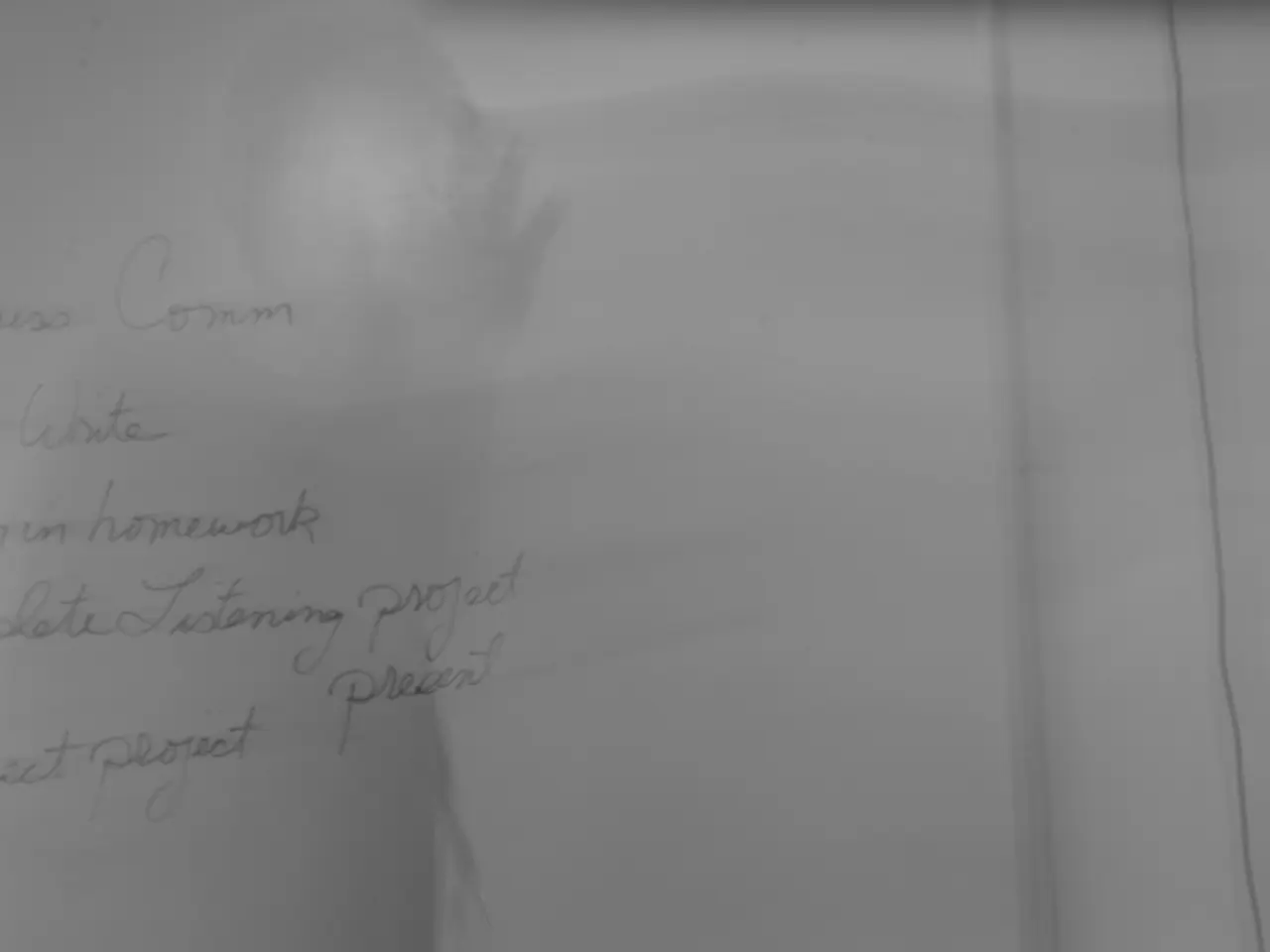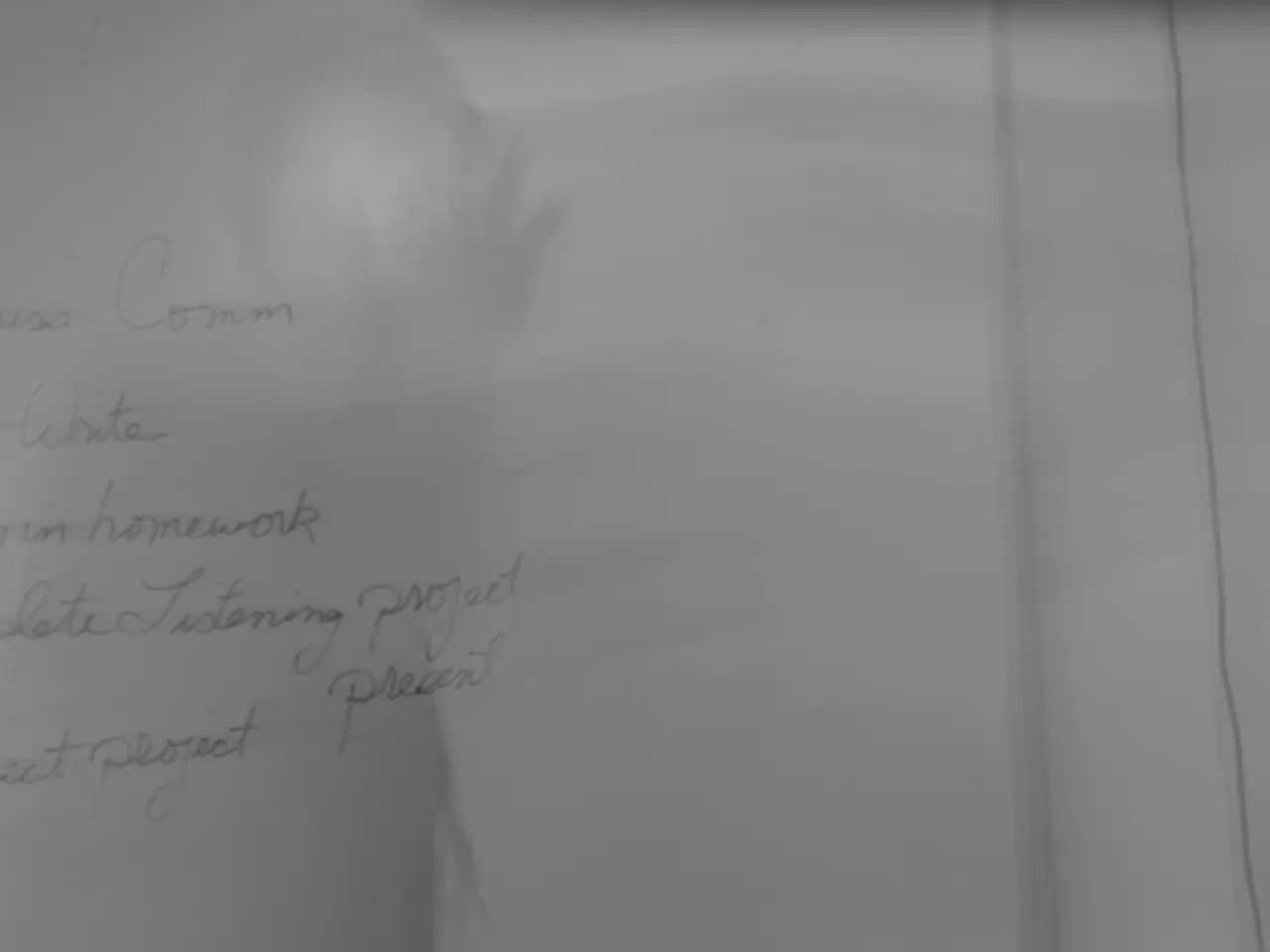Prioritize Core Functions: Optimize for both effectiveness and productivity
In the current climate, effectively managing complexity within government organisations is paramount to improving performance, reducing costs, and maintaining essential capabilities. Here are some strategies that can be implemented to achieve these goals.
Firstly, adopting a hybrid organisational structure can bring clarity and efficiency. By establishing clear protocols about roles and responsibilities, aligning all goals with the organisation's mission, and empowering employees to take leadership roles, confusion can be minimised, and accountability promoted across the board.
Secondly, implementing cloud efficiency can optimise resources and ensure cost-effectiveness. This can be achieved by continuously assessing and right-sizing infrastructure, dynamically scaling cloud infrastructure based on demand, and utilising different platforms to optimise performance and operational flexibility.
Thirdly, managing competing priorities requires recognising conflicts and involving stakeholders in decision-making. This approach ensures support for chosen strategies and facilitates governance across remote environments.
Fourthly, enhancing governance frameworks can be achieved by integrating AI and data to make governance structures smarter and more adaptive. Utilising software to centralise stakeholder information also facilitates governance across remote environments.
Lastly, fostering digital transformation is crucial. This can be done by investing in internal digital transformation teams, modernising legacy systems, and refitting non-customer-facing functions such as financial management, human resources, information technology, administrative services, and compliance using a complexity-driven approach.
A prime example of successful implementation of these strategies is the U.S. Army Materiel Command (AMC), which redesigned their supply chain management operating model in 2021, resulting in a 50% reduction in order processing time within three months and over $1.3 billion in savings in less than nine months.
However, managing the transformation process can be challenging, especially with top-down actions such as the DRP, agency closures, program rollbacks, and the recent deferred resignation program (DRP) introducing significant mission execution risk due to a dramatic, unplanned loss of knowledge and capabilities.
Ernie Spence, a partner at Wilson Perumal & Company, Inc., emphasises the need for decisive leadership from government executives. By taking the reins of transformation, leaders can shape their teams for a more efficient and impactful future mission execution.
In conclusion, by implementing these strategies, government organisations can effectively manage complexity, enhance performance, reduce costs, and maintain essential capabilities, ultimately restoring public trust in government and ensuring the stewardship of taxpayer dollars.
Policy-and-legislation efforts should focus on fostering a conducive environment for effective change within government organisations, considering the current political landscape. Policymakers can promote strategies like adopting hybrid organisational structures, implementing cloud efficiency, managing competing priorities, enhancing governance frameworks, and fostering digital transformation to improve performance, reduce costs, and maintain essential capabilities.
General-news outlets can report on the progress and challenges in implementing these strategies in various government agencies, shedding light on how politics influences the transformation process and its outcomes, and whether it is successful in restoring public trust.





